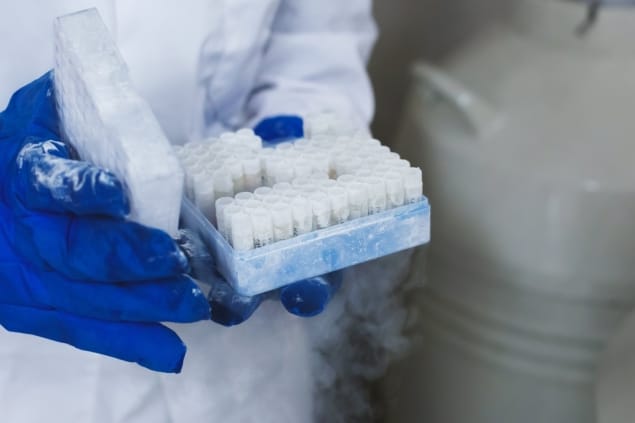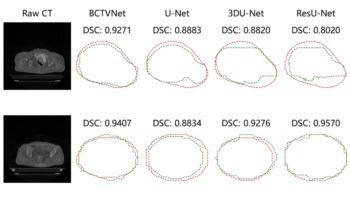
The softness of microparticles influences their uptake by cancer cells, according to research recently published in Nature Biomedical Engineering, by scientists from the Huazhong University of Science and Technology in China and partner institutions. The results provide crucial knowledge for cancer research. What is more, the study shows that tumour cells themselves may provide microparticles with the right softness to improve their uptake.
The dose makes the cure
Clinicians often choose chemotherapy to help patients battle cancer. However, one of the major reasons this therapy sometimes works so poorly is that the chemotherapy drugs have difficulty entering the tumour. Therefore, the aim of anti-cancer drug studies is not only to find the best drug but also to find one that will readily accumulate inside the tumour – and only the tumour – to help selectively kill cancer cells.
The scientists conducting these studies now describe how microparticles ejected from tumour-repopulating cells (self-renewing cancer cells responsible for the initiation, promotion, and progression of tumour formation) are possible drug-delivery vehicles, whose softness can influence their delivery efficiency to the tumour.
Killing it softly
For some years now, scientists have shown great interest in using microparticles made by tumour cells as drug-delivery vehicles due to their high biocompatibility and high anti-cancer efficacy. Tumour cells that most often promote tumour formation and growth reside in the innermost parts of the tumour mass, far from vessels, making them hard to get to and eliminate. Researchers have been looking for ways of transporting drugs from the bloodstream so that they penetrate deep into the tumour mass.

Short ultrasound pulses improve drug delivery to the brain
The researchers report that microparticles that originate from tumour-repopulating cell cultures specially grown on a three-dimensional scaffold produce softer microparticles than cells grown in traditional two-dimensional cultures. The microparticles produced in the three-dimensional culture have a lower content of cytospin-A, a protein that supports the structure of cells. By modifying traditional two-dimensional cell cultures to reduce their cytospin-A production the researchers were able to demonstrate that this resulted in microparticles as soft as those produced by three-dimensional cultures.
The mechanical properties of these microparticles play a crucial role: the softer they are, the better they can penetrate into the tumour mass reaching cells further from the blood vessels, helping to fight the tumour. As the study shows, the softest microparticles are produced by tumour-repopulating cells. When these microparticles are loaded with anti-cancer drugs, they are more efficient in reaching and fighting the most active cells inside the tumour mass than other drugs. They can take the drugs straight to the tumour-repopulating cells themselves – an example of nature demonstrating how to “fight fire with fire”.



